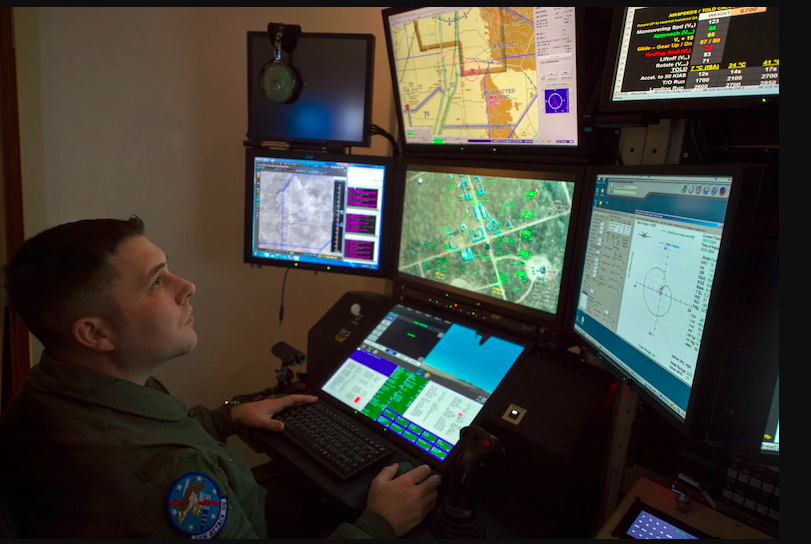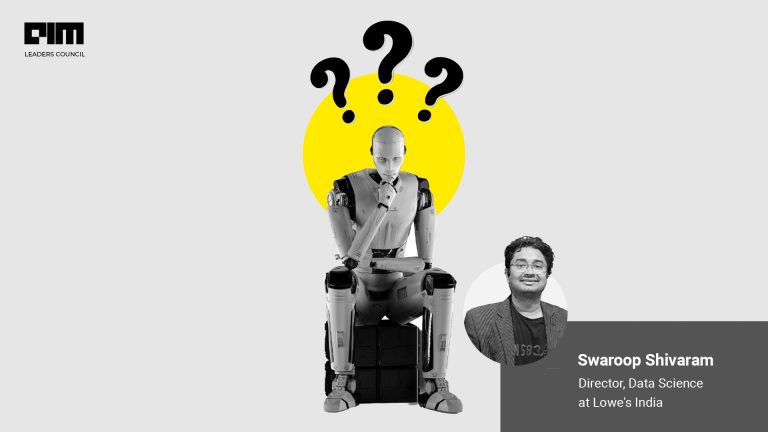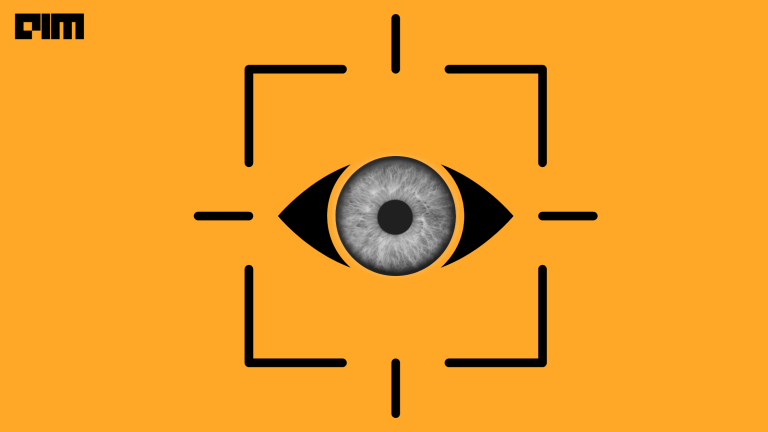Artificial intelligence is becoming a part of every conversation that we have today. One of the important subfields of AI, computer vision has recently exploded in terms of advances and use cases. Akshit Priyesh, who is a data scientist at Capgemini took through an interesting journey of how the research in computer vision has evolved over the years and has now become a prominent part of the healthcare industry. He was addressing the attendees at CVDC 2020, the virtual computer vision developer summit.
The Evolution Of Computer Vision
Priyesh shared how one of the papers titled ‘Receptive fields of single neurones in the cat’s striate cortex’ by D. H. Hubel and T. N. Wiesel marked the foundation for the development that we see today in computer vision. While experimenting with an anesthetised cat and the response of its neurons to various images that were being displayed, the researchers accidentally discovered that the neurons were activated by looking at the line that showed while changing images on the projector. It was this research that led to the discovery that human brains perceive images as edges, curves and lines.
Following this instance, there have been many pieces of research that have established the fact that the visual processing capabilities of humans start with simple structures. One particular research by David Marr titled, ‘Vision: A Computational Investigation into the Human Representation and Processing of Visual Information’ further studied visual perception and established that vision is hierarchical and that it culminates with a description of three-dimensional objects in the surrounding environment. Priyesh said that while it was groundbreaking at that time but it did not explain the mathematics or calculations behind it.
Since then, computer vision has come a long way to be used in various fields such as self-driving cars, facial recognition, retail industry and more. Of which, the healthcare industry has recently begun to witness important use cases.
Computer Vision In Healthcare Industry
One of the emerging AI fields today is computer vision, which can potentially support many different applications delivering life-saving functionalities for patients. Computer vision is today assisting an increasing number of doctors in diagnosing their patients better, monitoring the evolution of diseases, and prescribing the right treatments. It is not just saving time in routine tasks but is being used to train computers to replicate human sight to understand objects in front of it.
Priyesh shared that currently, the most widespread use cases for computer vision and healthcare are related to the field of radiology and imaging. AI-powered solutions are finding increasing support among doctors because of their diagnosis of diseases and conditions from various scans such as X-ray, and MR, or CT. It is also being used to measure blood loss during surgery, e.g. during C-section procedures, measure body fat percentage, and more.
Some of the use cases in the healthcare industry are:
- Precise diagnosis: Computer vision has been extensively used to offer a precise diagnosis of diseases such as cancer and minimise instances of false positives.
- Timely detection of illness: Many fatal diseases such as cancer need to be diagnosed at an early stage to increase the chances of survival of the patient. Computer vision has been extensively used to timely detect these diseases.
- Heightened medical process: Use of computer vision can considerably reduce the time that doctors usually take in analysing reports and images.
- Medical imaging: Computer vision-enabled medical imaging has become quite popular over the years and has proved to be trust-worthy to detect diseases.
- Health monitoring: It has also been used by doctors to analyse health and fitness metrics of patients to make faster and better medical decisions.
- Nuclear medicine: A part of clinical medicine, nuclear medicine deals with the use of radionuclide pharmaceuticals in diagnosis. Computer vision has been explored in this field too.
Priyesh shared that in the current times of the COVID pandemic, computer vision is being used to detect the disease and explore potential treatment for the deadly virus. He along with his team at Capgemini have even developed a chatbot that detects COVID-positive patients. Based on the user inputs, it detects the probability of being infected — using computer vision.


















































































